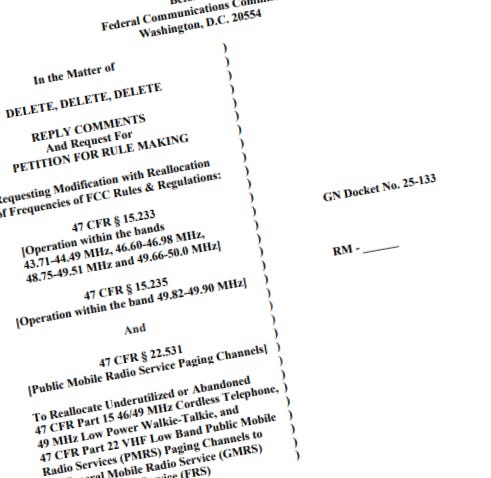I don't think it's a bad idea, but like others here, I just question if its needed with all of the existing personal radio services. Power output is fine, but it should provide for the use of repeaters. They're great on 6 meters, so why not here too? Agree with choosing one of those three bands mentioned, not shooting for all of them
I just think repeaters on low band are clunky. Duplexers the size of a filing cabinet or split site TX/RX with all the linking complexities. It's difficult to get a low band mobile to go more than 0.5 MHz from one transmit frequency to another, so you'll either need a close frequency spread between transmit and receive for the repeater, or you'll need to forget having talk-around.
Hams are in tune with all these technicalities -- in fact, many of them live for it. GMRS users are more of a communications device consumer that wants a non-technical, plug-and-play arrangement. If you truly want and need the long distance rural communications advantage that low band provides, simplex is the easiest and simplest way to go. Go to Channel L4, dial in your CTCSS code, and start talking. Just raw RF power and a good antenna for base to mobile or mobile to mobile communications.
FRS should stay where it is. These radios have been on the market for over 25 years and there are scores of them in the hands of the public. Plus, where is the service going to be relocated to? UHF is well-suited low power handhelds.
For now -- YES. Leave FRS alone. I never agreed with overlaying FRS onto GMRS spectrum. In that perfect radio world that exists only in my head, FRS would be eventually be relocated to some tiny unused sliver of the 220 or 440-470 band, maybe increasing the RF power to 1 watt ERP. This would also remove the FRS interference from UHF GMRS channels. Sunset the existing UHF FRS equipment out of existence like the FCC did for the 49 MHz cordless phones and baby monitors. Lots of problems solved there.

natcommag.substack.com


